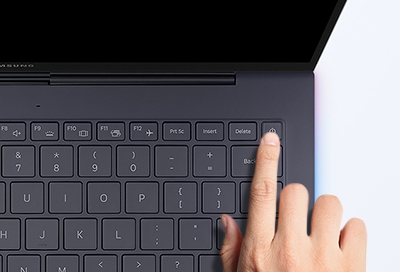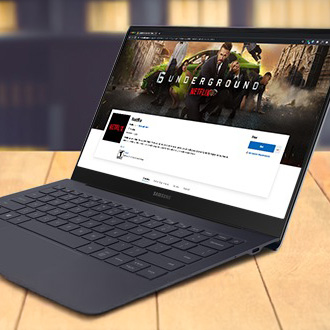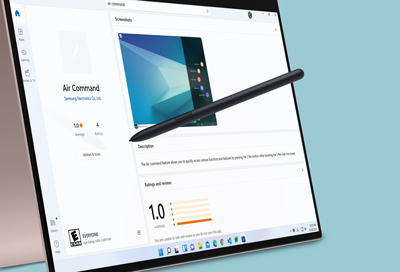Samsung PC turns on, but doesn't start or boot into Windows

Samsung PC turns on, but doesn't start or boot into Windows
Attempt to boot into Safe Mode to help diagnose the problem.
Booting into Safe Mode is a recovery option in Windows that can help fix the PC's boot issue.
However, booting into Safe Mode won't automatically fix your computer. Once you're in Safe Mode, you will need to identify and correct the issue yourself. For example, the cause of the boot issue might be a recent update or driver that needs to be uninstalled.
To get into Safe Mode when the computer is having trouble booting:
- Repeatedly fail to boot into Windows about 3 times, and the Windows Recovery Environment will display. You may have reached this screen already if you're having issue booting, or you can force it to happen by turning off the computer as Windows is booting (press and hold the Power button) at least 3 times in a row.
- On the Choose an option screen, select Troubleshoot, then select Advanced options, then select Startup Settings, and then select Restart.
- The computer will reboot one more time, and then display the option to select Safe Mode. Press F5 to choose Safe Mode with Networking. This will let you use the internet while in Safe Mode. Connecting to the internet to download updates can help fix the issue.
Restore your computer to a previously saved restore point or backup.
One way to troubleshoot is to restore the computer to a time where it wasn't experiencing the issue. However, this only works if you have previously saved system restore points or some other form of backup. Windows has the option to automatically save restore points for you. If that option is turned on, you can access it either from Safe Mode or the Windows Recovery Environment. If you don't, remember to set up a method of backups for next time once this issue is resolved.
You can access the recovery options, such as System Restore, by opening the Start menu, typing Recovery, and then selecting it from the search results.
Reset Windows.
Resetting Windows is a good option if you don't know what needs fixing and want to try going back to square one.
When performing a reset, you have the option to retain your files. Some apps and their settings will also survive the reset. Windows itself, however, will be reinstalled fresh. Just to be safe, you should back up any files or apps you don't want to lose before performing the reset.
Resetting Windows is available in the Windows Recovery Environment. Or, if you were able to boot into Safe Mode, you can do it from there. If you're in Safe Mode, select Start, begin typing Reset this PC, and select the option when it appears. Then, select Reset PC and follow the instructions on the screen.
Contact Microsoft or a local PC repair shop.
If you were able to successfully get into Safe Mode, then there is nothing wrong with the hardware in your PC. A Windows reset will fix your issue and get you back to "factory new."
If the issue returns after performing a reset, or if you want to use Safe Mode to try other forms of troubleshooting instead of a reset, then we recommend contacting Microsoft support or a local PC repair shop.



Contact Samsung Support




